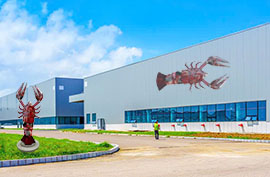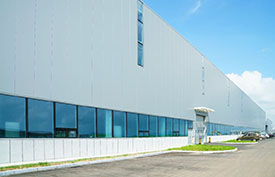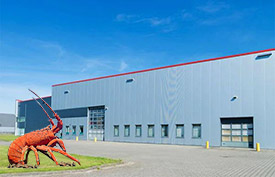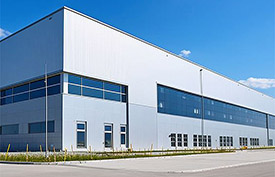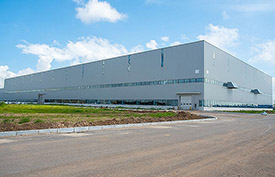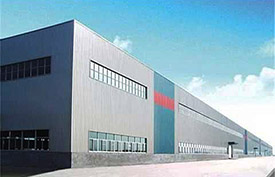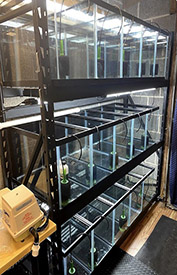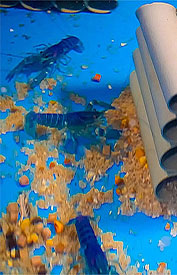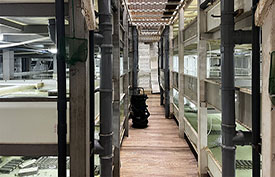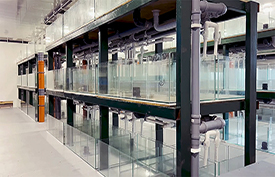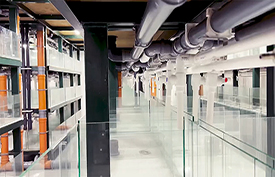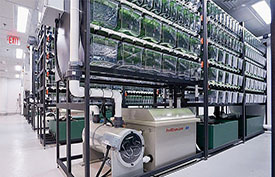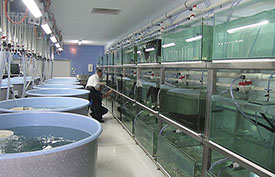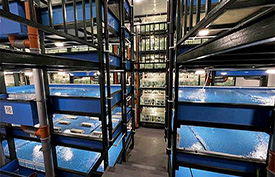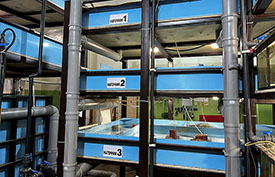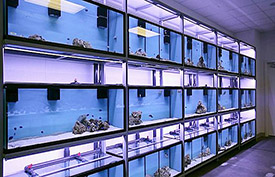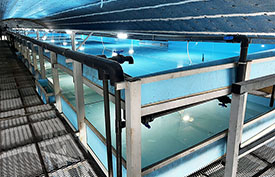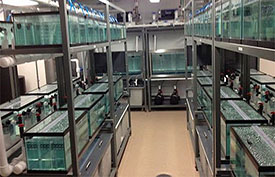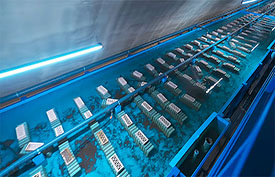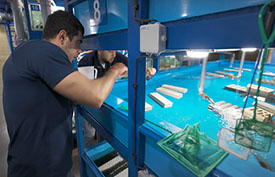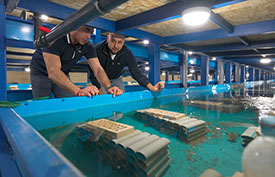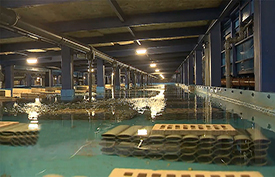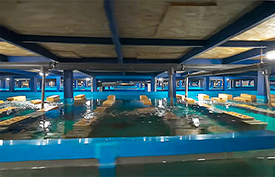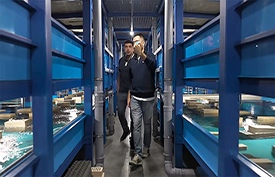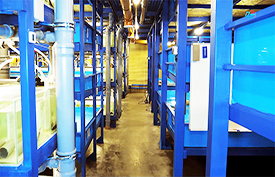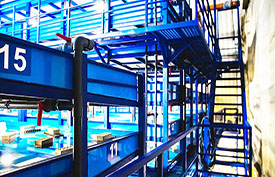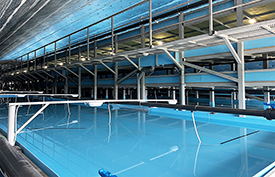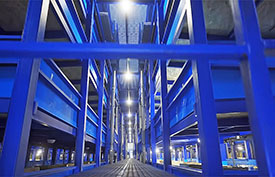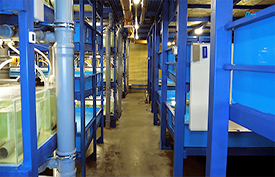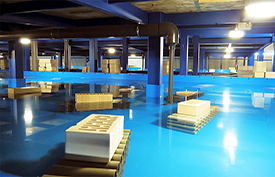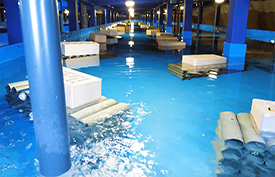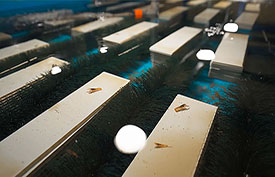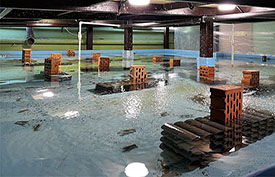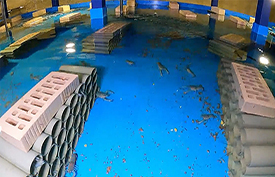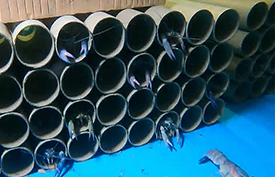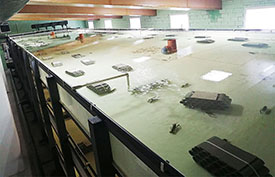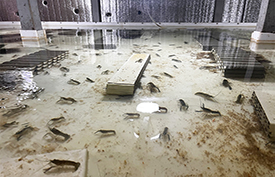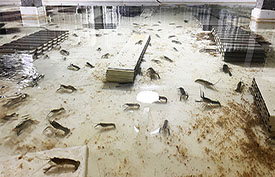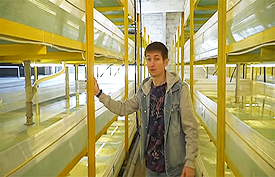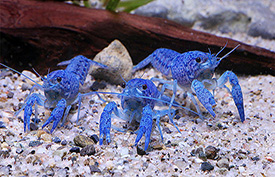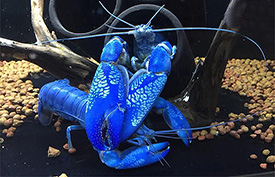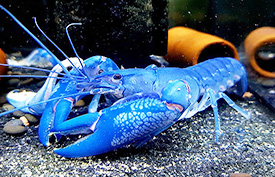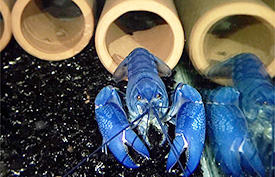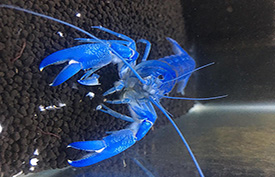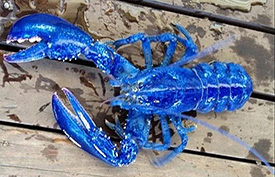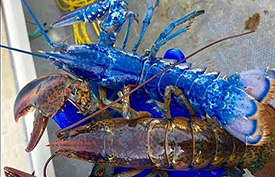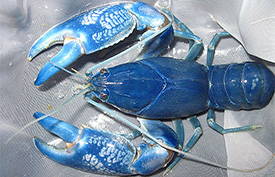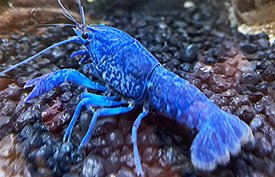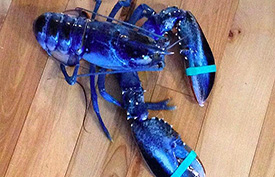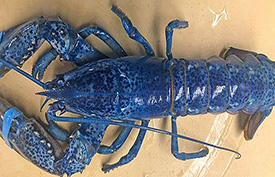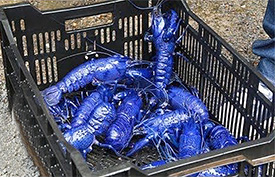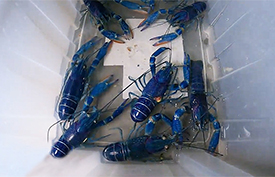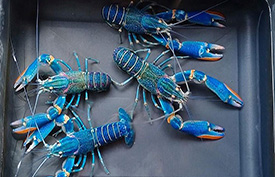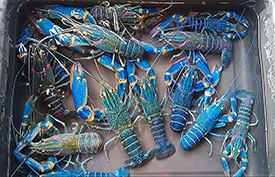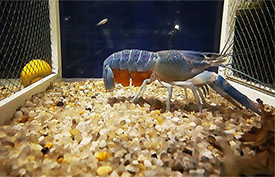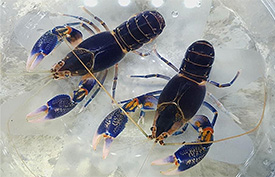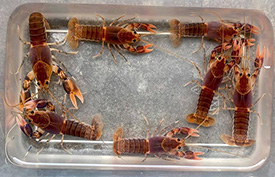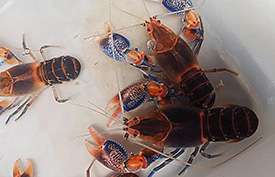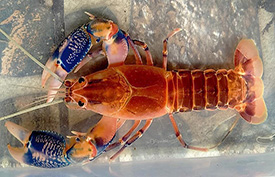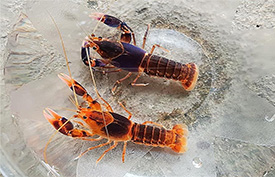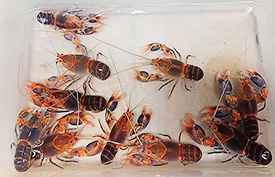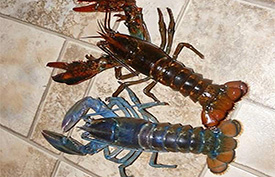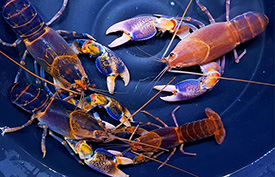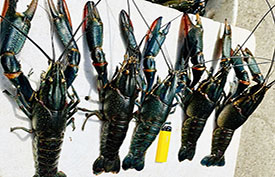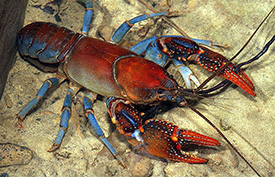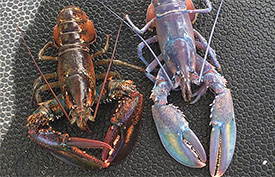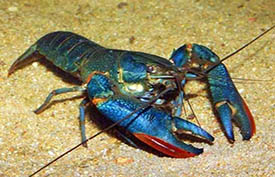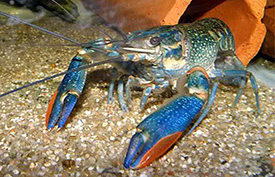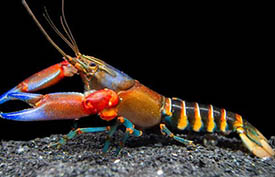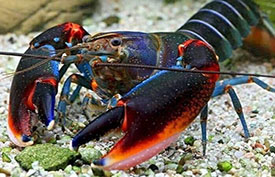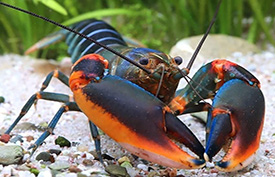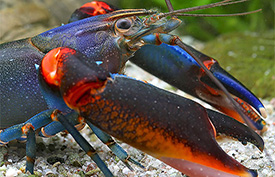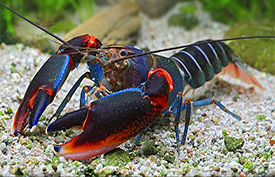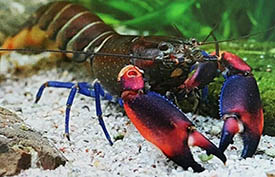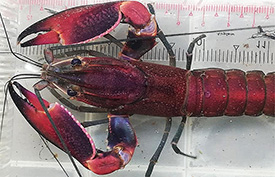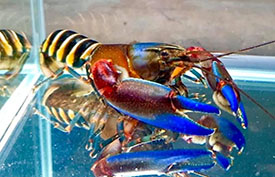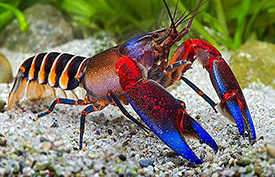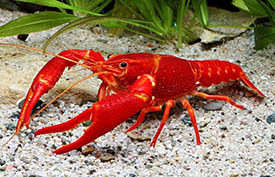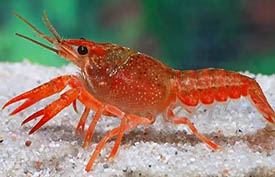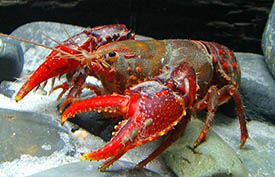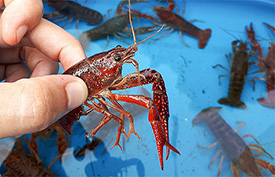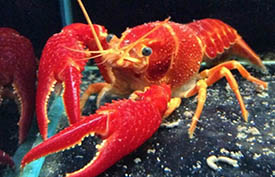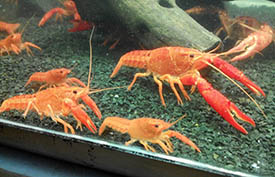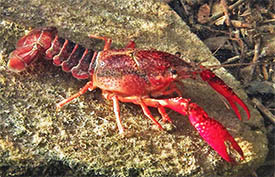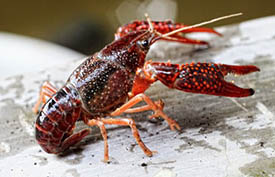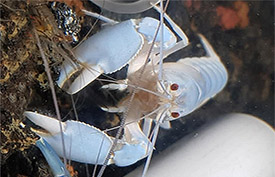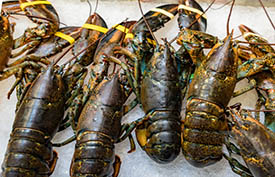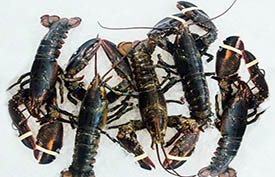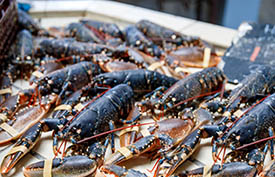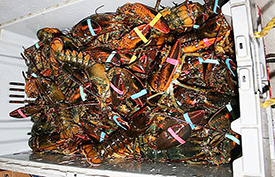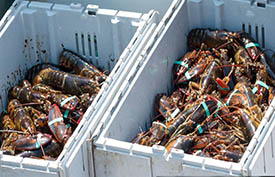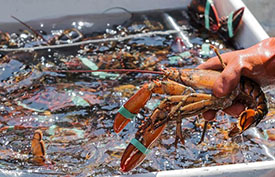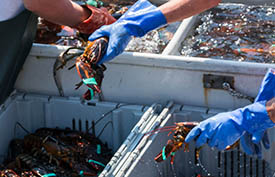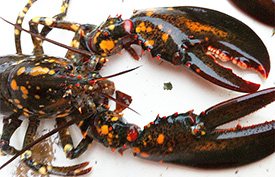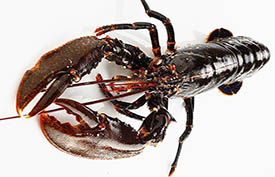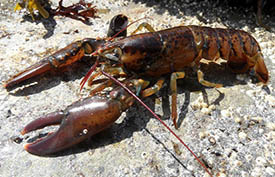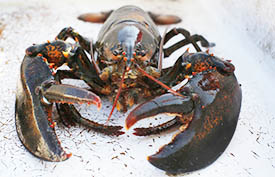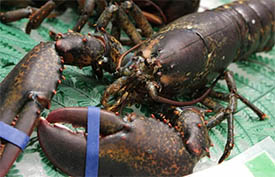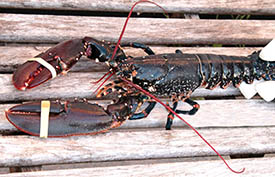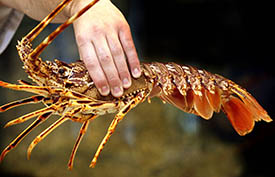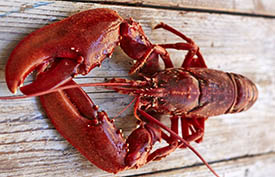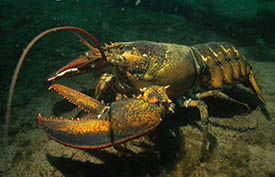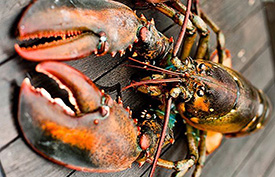Holding "BITimpex Anstalt LTD" launched a farm in Crimea for growing Australian red-claw crayfish and blue yabby crayfish.
The complex has 16 buildings for keeping crayfish in a closed water supply system. The area of the pools is 81,256 square meters. The production facilities occupy 76360 square meters. The land plot is owned by the holding company "BITimpex Anstalt LTD» and makes up 4150 hectares. There are 12 artesian wells. The farm is equipped with its own substation and backup diesel generators. The farm has a boiler room including 5 boilers, which allows for effective maintenance of the temperature in the pools and the room. The farm is designed to grow and maintain 8 million individuals.
The complex consists of:
- Installation of closed water supply, hatchery for fry
- Systems for growth and mass gain with separate water purification and recirculation units.
The basis for growing cancer includes:
- The basis of the diet of the Australian red-claw crayfish and blue crayfish Yabby is minced meat, minced fish with the addition of fish meal, buckwheat, pearl barley, oats, wheat, soy, peas, boiled potatoes, boiled beets, boiled eggs, eggshells, various meals, chalk, proteins, extracted feed. The feed also includes dry fallen leaves: oak, beech, almond, alder, they are not only delicacies, but also natural antibiotics. Tannins in the leaves cleanse the body of crayfish from parasites.
- A well-heated room, the temperature of which should not be below + 25 degrees Celsius.
- A closed water supply system with a temperature of 25-28 degrees Celsius.
- Acid-base balance of water in swimming pools PH (6.5 - 8.5).
- Water hardness in swimming pools GH (5-18).
- The optimal amount of dissolved oxygen in water is 6-7 milligrams per 1 liter of water.
- Growing containers, plastic pipes cut to lengths of 20-25 centimeters.
- Special feeders for crayfish, so that the food left after feeding does not pollute the pools.
- The density of crayfish in tanks does not exceed 15-20 individuals per cubic meter of water.
- When sorting crayfish, they must be kept in different aquariums, placing them strictly according to rank and constantly rejecting the weakest ones.
Growing crayfish to marketable condition takes 1-1.5 years.
The farm is ready to produce up to 45 tons per month.
Red-clawed crayfish 150-200 grams and 200-250 grams.
Yabbie Crayfish 250-300 grams and 300-350 grams.
The sale of commercial crayfish is expected to begin approximately in May 2026.
During one summer season, under favorable conditions, the increase in the marketable weight of individual specimens can reach 200 grams (for comparison, a common river crayfish gains weight from 100 to 120 grams over 8-10 years). Over the course of 10 months, the crayfish gains up to 150 grams of weight.
The meat content of the tail section of Australian crayfish is 30% (in other species this figure usually does not exceed 15–20%).
The meat of the red-clawed Australian crayfish is dietary, it is recommended to eat it for people with diseased blood vessels and circulatory disorders. In 100 g of meat - 80 kcal.
Australian crayfish taste significantly different from their domestic river counterparts. Their meat has a special texture, it is more tender, with large fibers. Experts say that the meat of red-claw crayfish resembles lobsters in structure, and crabs in taste.
Australian crayfish meat combines harmoniously with various ingredients. In restaurants, it is usually served in combination with various river delicacies or sauces that enhance the taste of the meat, which is prepared using the same technology as lobsters.
